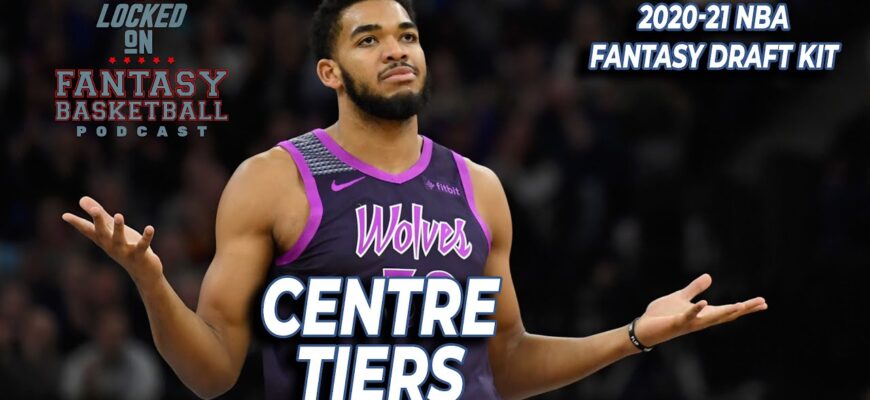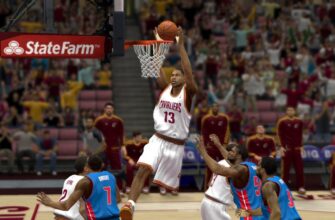In the frenetic world of fantasy basketball, draft day can feel like a high-stakes poker game. Every pick is a bet, every decision loaded with potential glory or ignominious defeat. While myriad strategies exist, one methodology consistently stands out for its clarity and efficacy: the tier-based approach. Forget rigid, linear rankings; embracing tiers transforms your draft from a frantic race to a calculated chess match.
The Subtle Art of Tier-Based Drafting
Traditional fantasy basketball rankings, while a useful starting point, often create a false sense of precision. They might suggest that the 15th-ranked player is inherently better than the 16th, when in reality, their projected output could be virtually identical. This is where tiers enter the arena.
A tier represents a group of players who, from a fantasy production standpoint, are considered to be of roughly equal value. They are interchangeable. Once you`ve identified these clusters, your draft strategy fundamentally shifts. Instead of agonizing over the “next best player” on a list, you focus on securing a player from your current tier before it runs dry. This provides invaluable flexibility and prevents the common pitfall of reaching for a player simply because they`re the highest-ranked individual remaining, even if they belong to a significantly lower tier than others still available.
Navigating the Positional Currents: Where Value Lies
Understanding the ebb and flow of positional value throughout a draft is paramount. Recent trends in points leagues reveal a consistent pattern:
- Point Guards (PGs) and Centers (Cs) Reign Supreme Early: These positions often command the highest usage rates, accumulate diverse stats (assists, rebounds, blocks alongside scoring), and thus tend to be snapped up in the initial rounds. The sheer volume of fantasy points they generate makes them foundational cornerstones for any championship-contending roster.
- Wings (Shooting Guards, Small Forwards, Power Forwards) Emerge Later: While exceptions exist (a LeBron James or an Anthony Edwards will always be highly coveted), the broader talent pool for shooting guards, small forwards, and power forwards often proves deeper in the mid-to-late rounds. This isn`t to say they`re less important, but rather that a strategic manager can often find comparable production later in the draft for these spots.
This dynamic offers a potent strategic advantage. By recognizing when a position`s top-tier talent is scarce versus when it`s abundant, you can make informed decisions. Is there only one Tier 1 small forward left? Perhaps it`s wise to grab him now. Are there still five strong centers in Tier 3? You might afford to wait a round or two, picking up a high-value guard or wing instead.
While the allure of a foundational big man or a triple-double point guard is undeniable, sometimes the true champions are forged in the often-overlooked middle rounds, where the wing talent patiently awaits its call.
Strategic Deployment: Leveraging Tiers in Practice
The beauty of the tier system lies in its adaptability. Here’s how you can put it to work:
- Identify Positional Scarcity: Pay close attention to positions with few players in their top tiers. If a specific position (e.g., small forward) is shallow in Tier 1 and Tier 2, it might be beneficial to target one of these rare commodities earlier than you might initially plan, simply to ensure you don`t miss out on elite production.
- Exploit Deep Tiers: Conversely, if a position boasts a particularly deep tier (e.g., Tier 5 for small forwards, or Tier 3 for power forwards in some seasons), you can afford to defer drafting that position. This allows you to accumulate talent from scarcer positions first, confident that you can still grab a solid player from the deeper tier later.
- Account for Injury Risk and Role Changes: Tiers naturally help you bake in these critical factors. A player with elite talent but a history of injuries (like a Joel Embiid or Kawhi Leonard) might slide down a tier or two in your personal rankings due to availability concerns. Conversely, a player poised for a breakout due to increased role or a teammate`s departure might leap up a tier (think of players like Devin Booker or Jaylen Brown in certain scenarios).
- Rookies: The Great Unknown: Rookie sensations are always a wildcard. A player like Victor Wembanyama can immediately enter the top tier, while others (like a Cooper Flagg or Alex Sarr) might debut in a mid-tier, offering incredible upside but requiring patience. Tiers allow you to categorize them by their realistic immediate impact versus their long-term potential.
- The Enduring Anomalies: Every so often, a player defies conventional wisdom. A 40-year-old LeBron James, still churning out elite fantasy numbers, serves as a poignant reminder that age is just a number when talent and opportunity align. Tiers provide the framework to acknowledge and correctly value these unique cases.
The Ultimate Edge: Crafting Your Own Tiers
While expert projections offer a fantastic foundation, the true mastery of this strategy comes from creating your *own* personalized tiers. This isn`t just about tweaking a few names; it`s a profound exercise in understanding player value:
- Deep Dive Analysis: Forces you to scrutinize player statistics, team dynamics, coaching changes, injury reports, and potential minutes.
- Personal Bias Acknowledgment: Helps you identify and mitigate any unconscious biases towards certain players or teams.
- Draft Day Agility: Instills a deeper understanding that allows for quicker, more confident decisions as players come off the board. You won`t be surprised when a player you valued highly is taken, because you`ll know who else is still in that tier.
Invest just 20 minutes in this exercise before your draft. Group players into your own tiers based on your valuation, and you`ll be astonished at the clarity and confidence it provides. A mere 20 minutes of contemplation can be the difference between merely participating and decisively dominating.
Final Play: Draft with Precision, Win with Strategy
Fantasy basketball is not simply about collecting the “best” players; it`s about assembling the most cohesive and productive roster under the unique constraints of your draft. By moving beyond linear rankings and embracing the nuanced, flexible power of tier-based drafting, you gain an invaluable strategic advantage. Understand the landscape, adapt to the flow, and trust your personalized valuations. Your championship run begins not with a lucky pick, but with meticulous preparation and an intelligent approach to positional value.







